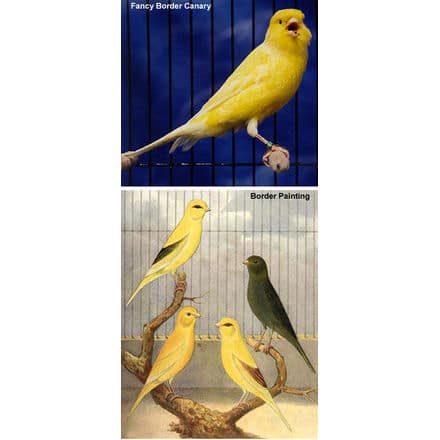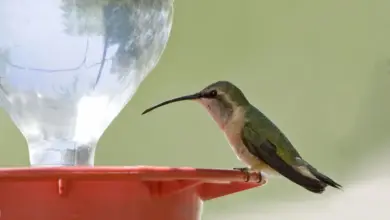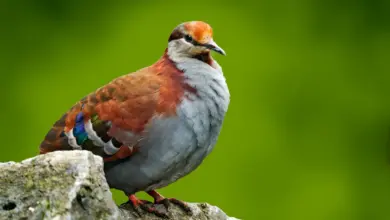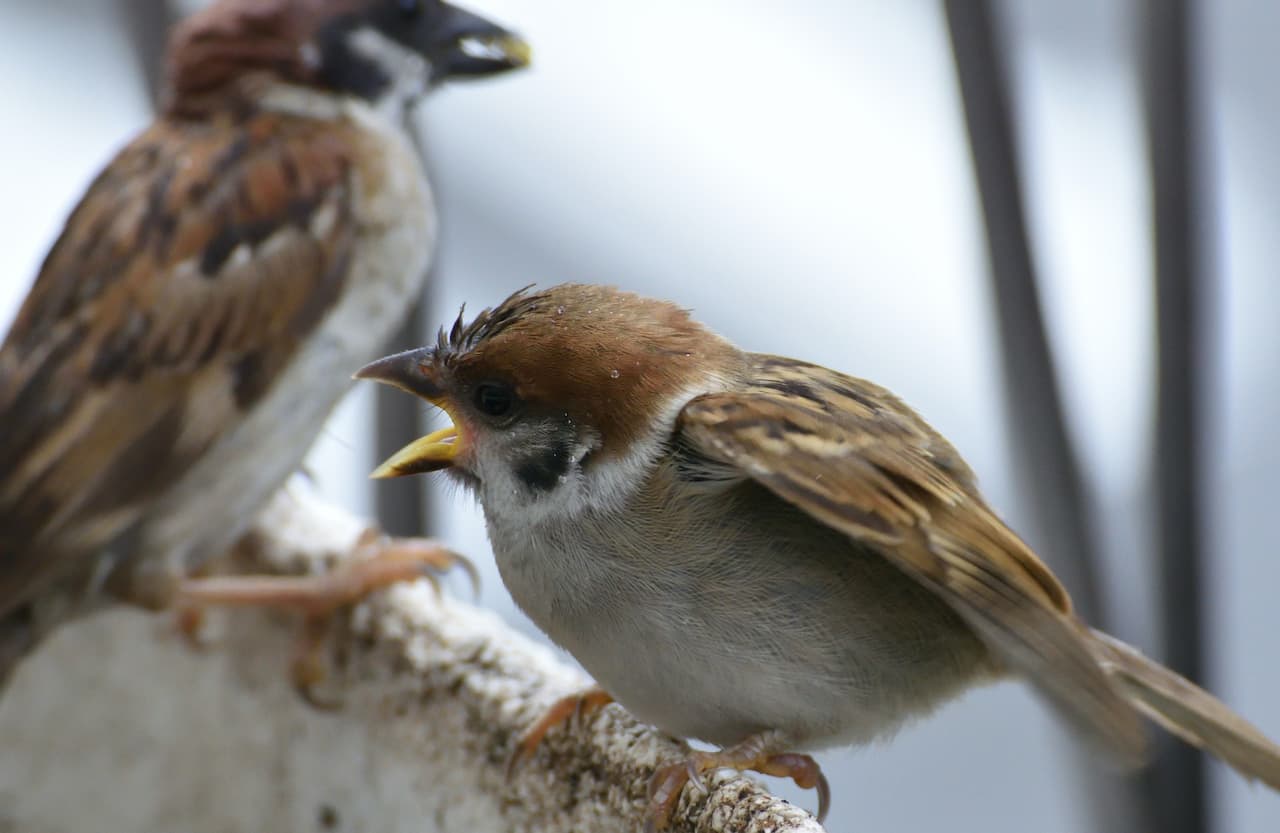Border Canaries
Border Canaries: Comprehensive information on this canary species, including distribution, description and photos, behavior, diet and breeding.
Canary Breeding … Sexing Canaries … Canary Nutrition / Diet … Canary Diseases
The Border Canaries evolved from the ‘common’ canary, bred in the North of England and the Scottish Borders from the 1700s.
Border Canaries are hardy birds with a well-rounded head and big, alert eyes.
Many color variations are available in aviculture, including yellows and buffs, clears, ticked, variegated, greens, cnnamons, and whites and blues.
Solid yellow or white colored Canaries are normally referred to as “clears” while solid green, cinnamon or blues are called “selfs”. Pied canaries are known as “variegated” canaries
Border Fancys are most often confused with the Gloster Canary but can be differentciated by their song. Chopper notes can be heard by the Border while the Gloster sings with more of a Roller-Chopper mix.
Note: The below images on this page are courtesy of Laurie Lane. (Please follow the link to see her canary photo gallery)
Breeding the Border Canary:
You can also breed the Border Canary in an indoor breeding cage or aviary – if the latter is your choice, then please make sure that the aviary has a closed-in area for protection from the cold, wind and wet. Be particularly careful in colder climates as canaries don’t like to be chilled. When breeding in an aviary you usually have more hens than cocks, to avoid the cocks fighting. Breeders who show, keep their birds in cabinets to keep them better trained and not as wild.
Borders usually come into the breeding condition from around March; recognizable signs of which include cocks and hens feeding their feet or cage wires, cocks singing loudly, dropping their wings to their sides at the same time, and swapping from foot to foot as if the perch was on fire. Hens get into the “nest-building mode” and start carrying items that they deem suitable nesting material. Hens show their readiness to their mates by jumping up into the air off the perch and turning around in mid-flight at the same time. At that time hens start building their nests.
The easiest method is to place them in an aviary or large cage and let nature take its course. If you do, then the male will help raise the chicks.
However, breeders wishing to maximize the young they get from each cock may follow the below process:
When obvious signs of readiness present themselves, place the hens into their breeding cages, add nesting bowls in the back of the cages, and provide nesting material – which could be dried grass, leaves, or even lint from the dryer (as long as no chemicals were used to wash or dry the clothes — no dryer sheets!).
Breeders might trim the feathers around the vent area to facilitate breeding success — but make sure not to trim the feathers that are coming directly off the vent which are called guide feathers and are believed to help during mating. Once the female is settled, add the male to the breeding cage. If the hen is ready to be bred, she will squat and they will mate straight away, if nothing has happened after 30 minutes or so, then remove the cock and put him back into his stock cage and try him again later.
This so-called strike method is used by top breeders to get as many young from their best cock birds, but t it can result in many clear/infertile eggs if things don’t go right. Being able to read the condition is critical for this type of breeding.
A beginner might be better off setting his or her stock up either in an aviary or if in cages – side by side and only pair: one cock to one hen in a double breeding cage with a divider.. Keep the divider open about 1/2 inch and when either the hen is building a nest or you see the cock feeding the hen through the slide then introduce them together and leave them together to breed and rear their young.
Alternatively, you could consider a trio setup: with a cock in a middle cage and two hens on either side of him but still using the same principles as above with the slides, etc. The cock could run with one hen in the morning and then the other in the afternoon. These methods are a lot safer for beginners and should ensure that you get youngsters in your first year.
Nestling Food: At the time when the canaries have chicks to take care of you need to provide special food items to them. Nestling food can also be mixed with eggs. To four cups of dry nestling food, add one pound grated carrots, and one dozen grated hard-boiled eggs. Chop the eggs in a food processor shells and all. This is for about fifty feeding hens. Boil the eggs for twelve to fourteen minutes to ensure that no fowl diseases are transmitted to the canaries.
This mixture is given in an amount that the birds will eat in one hour. All birds get one treat cup per day of this egg mix. The supply for birds with feeding young is constantly renewed during the day. The nestling food with egg spoils very rapidly, particularly during the Summer. It would be best to prepare the egg mix fresh every day. If this is not possible, refrigerate the excess immediately.
Species Research by Sibylle Johnson
Please Note: The articles or images on this page are the sole property of the authors or photographers. Please contact them directly with respect to any copyright or licensing questions. Thank you.







